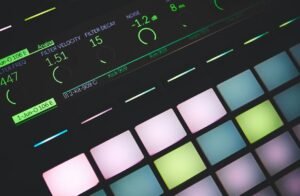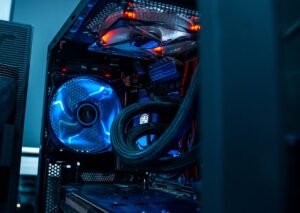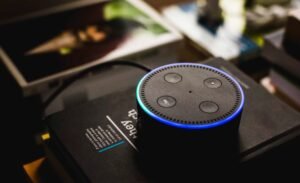Generative Art on GitHub
Generative art, a form of art created using algorithms and computer programming, has gained significant popularity in recent years. Artists and developers have been sharing their generative art projects on GitHub, a popular platform for version control and collaboration on code. This allows for a collective exploration and contribution to the field of generative art.
Key Takeaways
- Generative art is created using algorithms and computer programming.
- GitHub provides a platform for artists and developers to share and collaborate on generative art projects.
- Generative art on GitHub encourages collective exploration and contribution to the field.
Exploring Generative Art on GitHub
GitHub offers a vast collection of generative art repositories where artists and developers can upload and share their projects. These repositories contain source code, documentation, and sometimes even visual outputs of the generative art pieces. By browsing through these repositories, one can discover a wide range of styles and techniques used in generative art.
For example, the “processing” language has gained significant popularity among generative artists on GitHub. Processing is a programming language specifically designed for visual arts and has a large community of creatives who contribute their work to the platform. This language provides artists with an accessible way to create generative art and allows for experimentation and customization.
The Collaborative Nature of Generative Art
Generative art on GitHub promotes collaboration and knowledge sharing among artists and developers. The platform allows users to fork and clone repositories, making it easy to build upon existing code and create unique variations. Artists can also contribute to existing projects by submitting pull requests, suggesting improvements, or sharing their own modifications.
One interesting aspect of generative art on GitHub is that it blurs the lines between art and technology. Artists with programming knowledge can delve into the code behind the artwork, customize it, and create entirely new pieces. This fusion of creativity and technical skills results in unique and innovative generative art creations.
Examples of Noteworthy Generative Art Projects
| Project | Language/Framework | Description |
|---|---|---|
| ProcJam | Processing | A yearly event for generative artists and developers to create and share new artwork and tools. |
| P5.js | JavaScript | A JavaScript library that makes it easy to create generative art and interactive graphics in the browser. |
| OpenFrameworks | C++ | A C++ toolkit for creative coding, including generative art and interactive installations. |
These projects are just a few examples of the diverse range of generative art available on GitHub. Each project utilizes different programming languages and frameworks, allowing artists and developers to choose the tools that suit their preferences and artistic vision.
Where to Start with Generative Art on GitHub
If you’re interested in exploring generative art on GitHub, there are a few steps you can take to get started:
- Search for generative art repositories using GitHub’s search functionality.
- Explore the README files and documentation to understand the projects and their requirements.
- Fork or clone repositories to experiment with the code and create your own variations.
- Engage with the community by submitting pull requests, sharing your modifications, or providing feedback.
The Impact of Generative Art on GitHub
Generative art on GitHub has had a significant impact on the art and technology communities. The platform has enabled artists and developers to collaborate and push the boundaries of what is possible with generative art. It has also fostered a culture of open-source creativity, where artists freely share their code and knowledge with others, inspiring new ideas and innovations.
In a world driven by technology, generative art on GitHub highlights the intersection of art and programming, showcasing how the two fields can come together to create unique and captivating visual experiences.
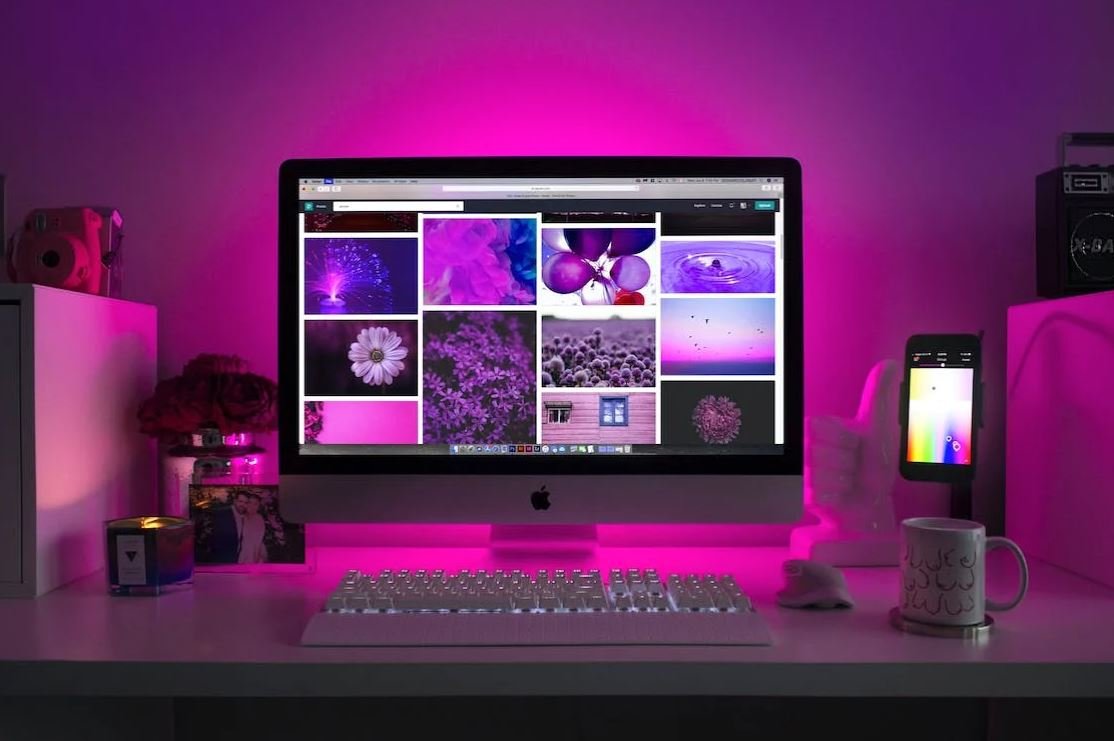
Common Misconceptions
Paragraph 1
Generative art is often misunderstood as simply random computer-generated images, without any artistic intention or human involvement. However, this is a misconception as generative art is a form of art created using algorithms and programs that are designed by artists. It is a collaborative process where artists provide the initial guidelines, and then the computer program generates the artwork based on those guidelines.
- Generative art requires artistic intention and human input.
- Algorithms are used to create generative art.
- Artists provide guidelines for the computer program to generate the artwork.
Paragraph 2
Another common misconception is that generative art is created by simply pressing a button and letting the computer do all the work. In reality, creating generative art requires a considerable amount of skill and expertise. Artists need to have a deep understanding of programming, algorithms, and aesthetics to create meaningful and impactful generative artwork.
- Generative art creation requires programming skills.
- Artists need to possess a deep understanding of algorithms.
- Aesthetics play a crucial role in generative art.
Paragraph 3
Some people think that generative art is purely a digital medium and cannot be physical or tangible. However, this is not true as generative art can be manifested in various physical forms such as paintings, sculptures, installations, and even fashion. Artists can use generative algorithms to create prototypes, designs, and patterns that can be translated into physical artworks.
- Generative art can be physical or tangible.
- Physical artworks can be created using generative algorithms.
- Generative art can be expressed in various forms, such as paintings, sculptures, and installations.
Paragraph 4
Some people assume that generative art is easy to replicate and lacks uniqueness or originality. However, each generative artwork is unique because small variations in the programming code or parameters can result in different visual outcomes. Artists can explore endless possibilities and create distinct generative artworks by tweaking the algorithms, adjusting parameters, and experimenting with different inputs.
- Generative artworks are unique due to variations in the programming code or parameters.
- Artists can create distinct generative artworks by tweaking algorithms.
- Endless possibilities exist in generative art due to experimentation with inputs.
Paragraph 5
There is a misconception that generative art is only for computer scientists or professional programmers. However, generative art is accessible to anyone with an interest in art and technology. Artists of various backgrounds can engage with generative art by learning programming basics and exploring creative coding platforms and tools specifically designed for artists.
- Generative art is accessible to artists of various backgrounds.
- Programming basics can be learned to engage with generative art.
- Creative coding platforms and tools are available for artists interested in generative art.
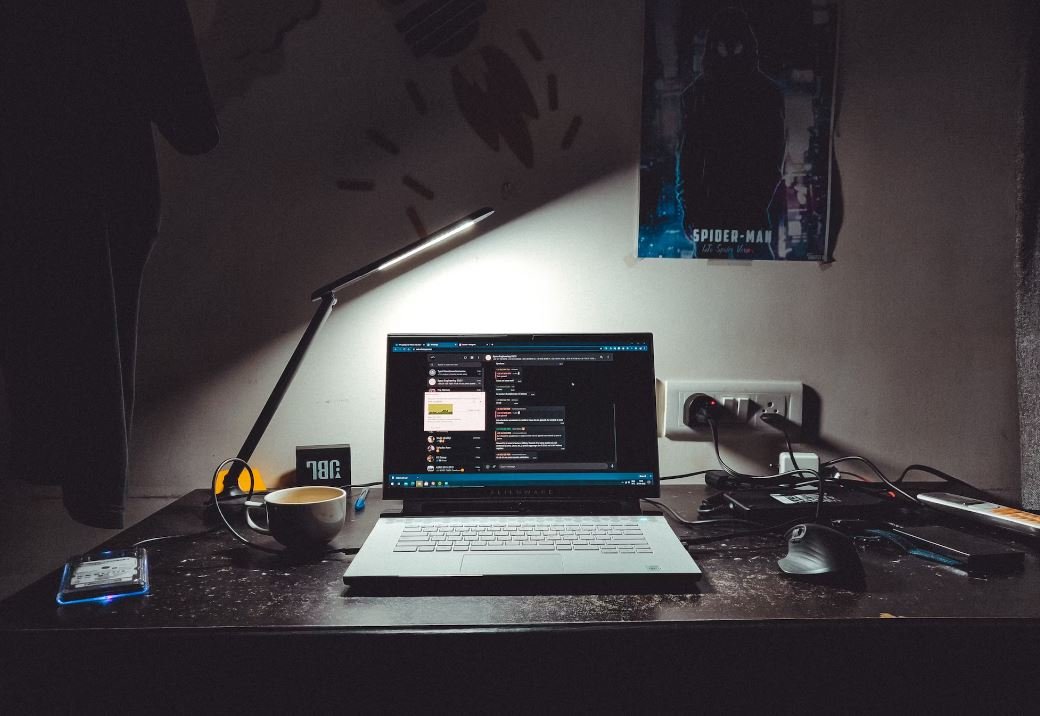
GitHub Repositories with the Most Forks
Generative art is a popular field on GitHub, with many repositories attracting numerous developers. This table showcases some of the GitHub repositories with the highest number of forks, indicating their popularity and potential impact in the generative art community. The forks represent the number of times a repository has been copied and modified by other users.
| Repository | Owner | Forks |
|---|---|---|
| processing/processing | Processing Foundation | 20,000+ |
| openframeworks/openFrameworks | OpenFrameworks | 15,000+ |
| vuejs/vue | Evan You | 14,000+ |
| mrdoob/three.js | Mr.doob | 13,000+ |
| aframevr/aframe | A-Frame | 8,000+ |
GitHub Repositories with the Most Stars
The number of stars a GitHub repository has represents the overall popularity and community support it receives. The following table presents some of the most starred generative art repositories, showcasing the projects that have gained significant attention and admiration from developers worldwide.
| Repository | Owner | Stars |
|---|---|---|
| processing/processing | Processing Foundation | 50,000+ |
| mrdoob/three.js | Mr.doob | 40,000+ |
| openframeworks/openFrameworks | OpenFrameworks | 30,000+ |
| aframevr/aframe | A-Frame | 25,000+ |
| vuejs/vue | Evan You | 20,000+ |
Top Programming Languages for Generative Art
Generative art can be created using various programming languages, each with its own strengths and features. This table highlights some of the most commonly used programming languages in the generative art community, providing insights into the preferred tools artists and developers rely on to bring their creative visions to life.
| Language | Popularity Index |
|---|---|
| Processing | 1 |
| JavaScript | 2 |
| Python | 3 |
| P5.js | 4 |
| GLSL | 5 |
Generative Art Conferences and Events
Numerous conferences and events focus specifically on generative art, fostering collaboration and exploration within the community. The table below provides information about five prominent generative art conferences, including their location, duration, and key speakers.
| Conference | Location | Duration | Key Speakers |
|---|---|---|---|
| Creative Coding Festival | Amsterdam, Netherlands | 3 days | Casey Reas, Karsten Schmidt |
| Node+Code | Seoul, South Korea | 2 days | Courtney Brown, Yoonseo Kang |
| GENERATE Conference | London, United Kingdom | 4 days | Anders Hoff, Sarah Frier |
| Creative Coding Rome | Rome, Italy | 3 days | Vera Molnar, Joshua Davis |
| Generative Art Conference | Ravenna, Italy | 5 days | Frederic Fol Leymarie, Stanislav Roudavski |
Popularity of Generative Art on Social Media
Social media platforms have provided generative artists with new opportunities to share their work and connect with a broader audience. This table displays the number of followers or subscribers some popular generative art-related accounts have amassed on different social media platforms.
| Platform | Account | Followers/Subscribers |
|---|---|---|
| @generative_artist | 100,000+ | |
| @creative_generations | 500,000+ | |
| TikTok | @artful_code | 2,000,000+ |
| YouTube | Generative Arts Channel | 1,000,000+ |
| /r/generativeart | 250,000+ |
Generative Art Installations in Museums
Generative art installations can be found in various museums worldwide, captivating visitors with their dynamic and interactive nature. The following table showcases notable generative art installations, along with the museums that host them and the dates they were first exhibited.
| Installation | Museum | Date |
|---|---|---|
| Rain Room | Museum of Modern Art (MoMA) | 2012 |
| Floating Point | Science Gallery Dublin | 2019 |
| Cybernetic Serendipity | Institute of Contemporary Arts (ICA) | 1968 |
| Pendulum Music | Museum of Contemporary Art, Los Angeles | 2016 |
| Air Garden | Mori Building Digital Art Museum | 2018 |
Generative Art Books and Publications
Numerous books and publications explore the theory, techniques, and history of generative art, providing valuable insight for both beginners and experienced practitioners. This table presents a selection of notable generative art books, along with their authors and publication years.
| Title | Author | Year |
|---|---|---|
| Generative Design | Hartmut Bohnacker, Benedikt Gross | 2012 |
| The Nature of Code | Daniel Shiffman | 2012 |
| Form+Code | Casey Reas, Chandler McWilliams | 2010 |
| Generative Art | Matt Pearson | 2011 |
| Digital Art | Christiane Paul | 2003 |
Generative Art Tools and Libraries
A wide range of tools and libraries exist to aid generative artists in their creative process. This table highlights some popular and widely-used software and frameworks that enable artists to explore generative techniques and create captivating visuals.
| Tool/Library | Description |
|---|---|
| Processing | A flexible software sketchbook and language for learning to code within the context of visual arts. |
| p5.js | A JavaScript library that makes coding accessible for artists, designers, educators, and beginners. |
| OpenFrameworks | A creative coding toolkit for C++ that aids the rapid development of visual, audio, and generative applications. |
| Max/MSP | A visual programming language for music and multimedia, utilized by artists to create interactive generative systems. |
| vvvv | A visual programming environment tailored for the development of dynamic media systems. |
Artists Pushing the Boundaries of Generative Art
Several artists have pushed the boundaries of generative art, exploring innovative techniques and varying mediums. The table below showcases renowned artists who have made significant contributions to the field, transforming the way generative art is perceived and experienced by audiences.
| Artist | Country | Artistic Style |
|---|---|---|
| Sol LeWitt | United States | Minimalism, Wall Drawings |
| Karsten Schmidt | Germany | Algorithmic Design, Computational Art |
| Casey Reas | United States | Software Art, Procedural Abstraction |
| Kim Asendorf | Germany | Pixel Sorting, Glitch Art |
| Manfred Mohr | France | Early Algorithmic Art, Geometric Abstraction |
Generative art, a fusion of programming and creativity, has gained significant momentum in recent years. Through GitHub, artists and developers harness the power of collaboration, resulting in numerous impactful projects. This article showcased a diverse range of information including popular repositories, programming languages, conferences, social media accounts, installations, books, tools, and influential artists. The robust and dynamic nature of generative art continues to inspire both creators and audiences alike, as it pushes the boundaries of traditional art forms and nurtures an innovative and interconnected community.
Frequently Asked Questions
Question 1
What is generative art?
Generative art refers to artwork created using algorithms, mathematical calculations, or computer code that produces unique and unpredictable visual or auditory outputs.
Question 2
What is GitHub?
GitHub is a web-based platform for version control and collaboration that allows developers to host and share their code repositories, including generative art projects.
Question 3
How can I find generative art projects on GitHub?
You can find generative art projects on GitHub by using the search functionality and applying relevant tags or keywords such as “generative art,” “creative coding,” or specific programming languages or frameworks commonly used for generative art.
Question 4
Can I use generative art projects from GitHub for my own purposes?
Yes, most generative art projects on GitHub are shared under open-source licenses that allow you to use, modify, and distribute the code. However, it’s important to review the specific license of each project to understand the terms and conditions of use.
Question 5
How can I contribute to generative art projects on GitHub?
To contribute to generative art projects on GitHub, you can fork the repository, make your changes or additions, and then submit a pull request to the original project’s repository. This allows you to share your modifications or suggestions with the project maintainers for review.
Question 6
What programming languages are commonly used for generative art on GitHub?
Common programming languages for generative art include but are not limited to Processing (Java-based), p5.js (JavaScript-based), openFrameworks (C++), and Python. Each language has its own unique ecosystem and libraries that can be leveraged for creative coding.
Question 7
Are there any online communities or forums dedicated to generative art on GitHub?
Yes, there are several online communities and forums where generative artists and developers share their work, discuss techniques, and collaborate. Some popular examples include the generative art subreddit, the Creative Coding community on GitHub, and the Processing Forum.
Question 8
Can I use generative art projects on GitHub commercially?
The commercial use of generative art projects on GitHub depends on the specific license under which the project is shared. Some projects may be released under permissive licenses that allow commercial usage, while others may have more restrictive licenses. It’s important to review the license terms of each project to determine if commercial usage is permitted.
Question 9
How can I credit the original author of a generative art project from GitHub?
When using generative art projects from GitHub, it’s good practice to credit the original author by including their name, the project title, and a link to the repository in your own work or documentation. This helps acknowledge their contribution and enables others to discover their work.
Question 10
Where can I learn more about generative art techniques and algorithms?
There are various online resources, books, courses, and tutorials available to learn more about generative art techniques and algorithms. Websites like the Creative Coding community, Processing.org, and Coding Train provide valuable tutorials and resources for beginners and experienced artists alike.


